Our multiple-output and highly flexible quartz- and MEMS-based PureSilicon™ oscillators are available in a variety of industry-standard footprints to meet the requirements of your low-power or low-jitter applications. Use our Clockworks® Configurator and Sampling Tool to easily customize your oscillator to any combination of frequency, temperature, ppm and package size to suit the requirements of your application and then order samples from within the tool. You can also use our TimeFlash tool to customize and configure our MEMS oscillators. Please email us at tcg_help@microchip.com for more information.

Crystal Oscillators (XOs)
Our standard XOs are MEMS and quartz crystal-based oscillators. Offering low power and low jitter, these oscillators come in packages as small as 1.6 mm × 1.2 mm with frequency stability of 10 ppm to 100 ppm.
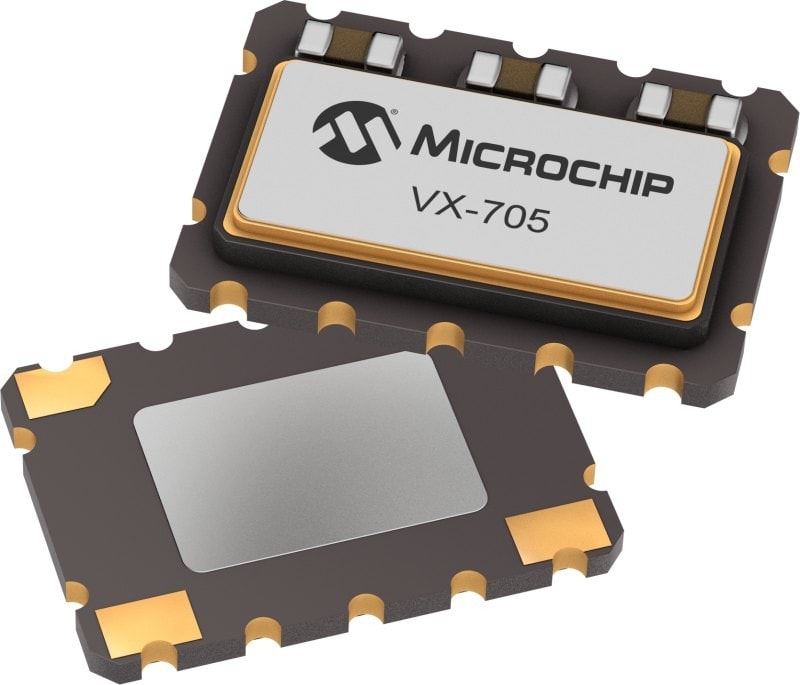
Voltage-Controlled Crystal Oscillators (VCXOs)
We designed these frequency-adjustable oscillators for phase locked loops, jitter cleaning and applications that require frequency tuning.

Temperature-Compensated Crystal Oscillators (TCXOs)
These small, low-power ASIC- and thermistor-compensated oscillators offer great stability, phase noise and g-sensitivity.
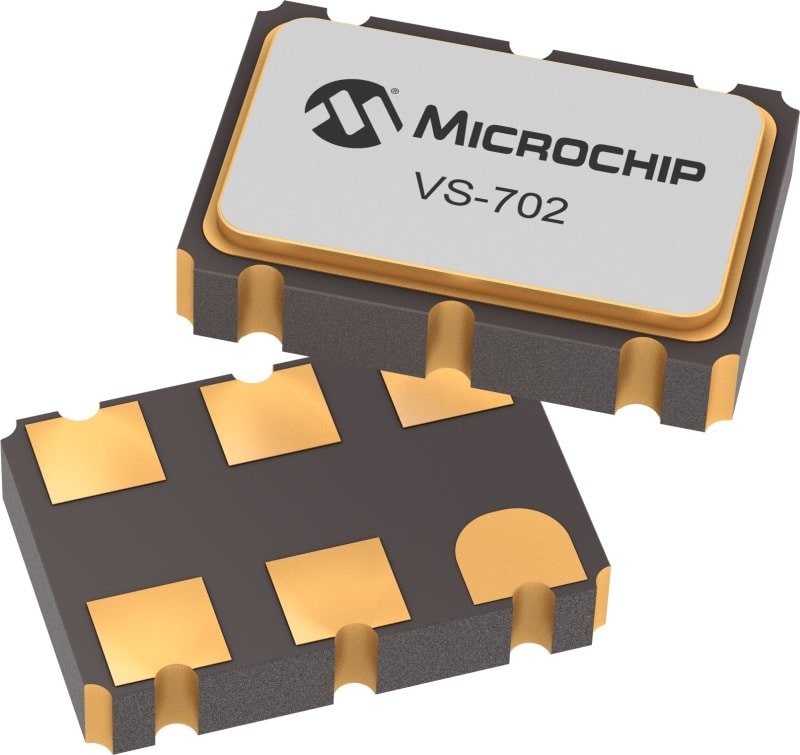
Voltage-Controlled SAW Oscillators (VCSOs)
Explore our high-frequency, tunable, ultra-low-jitter, rugged Surface Acoustic Wave (SAW) oscillators.

Oven-Controlled Crystal Oscillators (OCXOs)
Our OCXOs are temperature-controlled oscillators with optimal frequency, temperature, aging, phase noise and short-term stability (ADEV).

GNSS/PPS-Disciplined Oscillators (GNSS-DOs)
These oscillators are compact, multi-channel oscillator modules with exceptional holdover for positioning, navigation and timing applications.

Defense Oscillators
We designed these oscillators for high performance in harsh environments, such as shock and vibration, and wide or rapidly changing temperatures.

Space and High-Reliability Oscillators
Space applications need products with the highest reliability available for mission-critical platforms. Our oscillators meet screening and radiation requirements for Low Earth Orbit (LEO) and deep space environments.

Automotive Oscillators
We designed these AEC-Q100 qualified oscillators for high reliability, tolerance to shock and vibrations and automotive Grade 1 temperatures of −40 to +125°C.

PCIe® Oscillators
Our PCIe Gen 1/2/3/4/5/6-compliant MEMS and quartz oscillators are available in small package sizes with functionality across a wide range of temperatures.
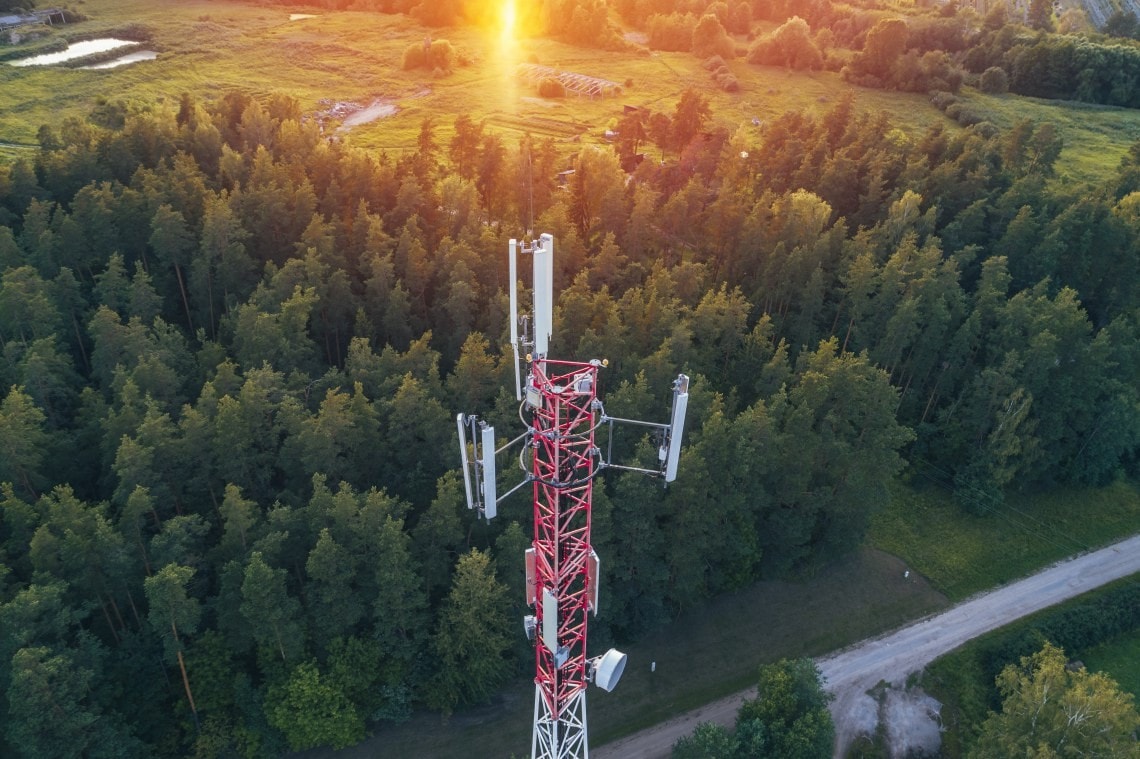
5G Oscillators
These oscillators have best-in-class phase noise, stability, operating temperature and performance for leading-edge 5G designs.

Industrial Oscillators
We designed these oscillators specifically for high-temperature, shock, vibration, down hole, ocean bottom seismic, test and measurement, factory automation, industrial printers and medical applications.
Customize Your Oscillator with ClockWorks® Configurator
With just a few clicks, you can program your devices to any combination of frequency, temperature, ppm and package size to meet your specific application’s requirements. You can also use this tool to download customized data sheets and order custom samples with a 48-hour turnaround.

- Application Notes
- Brochures
- White Papers
- FAQs
|
Title
|
|
|---|---|
| Quartz Crystals and Microchip ICs | Download |
| PAN1001281 - How to Measure Spread Spectrum Modulation | Download |
| PL611-01-F93 Power Supply Decoupling | Download |
| Microchip MEMS Oscillator and Clock Products for Automotive Applications | Download |
| Differential Clock Translation | Download |
| Jitter Blocker | Download |
| MEMS Oscillators Offer Immunity to EMI | Download |
| PicoPLL /PL611 Bluetooth Application Note | Download |
| PL671 Spread Spectrum Modulation | Download |
| Immunity of MEMS Oscillators to Mechanical Stresses | Download |
| PCI Express ? Signal Integrity and EMI | Download |
| AN5225 - Reference Clocks for RT PolarFire® (Radiation Tolerant PolarFire) Transceiver | Download |
| AN3520 - Crystal Oscillators for SAMRH71F20 Rad-Hard Microcontroller Main Clock (MAINCK) Input | Download |
| AN3216 - Reference Clocks for RTG4 SerDes REFCLK Inputs and Interface Circuits | Download |
| Pre-Configured Clock Generator Part Numbers for Switchtec and Data Center Applications | Download |
| AN4287 - Oscillator Groups and Classifications | Download |
| AN2648 - Selecting and Testing 32 KHz Crystal Oscillators for AVR Microcontrollers | Download |
| Optimizing the OX-601/OX-502 Performance | Download |
What are the Junction to Ambient (Theta JA) and Junction to Case (Theta JC) thermal resistance for the MEMS products?
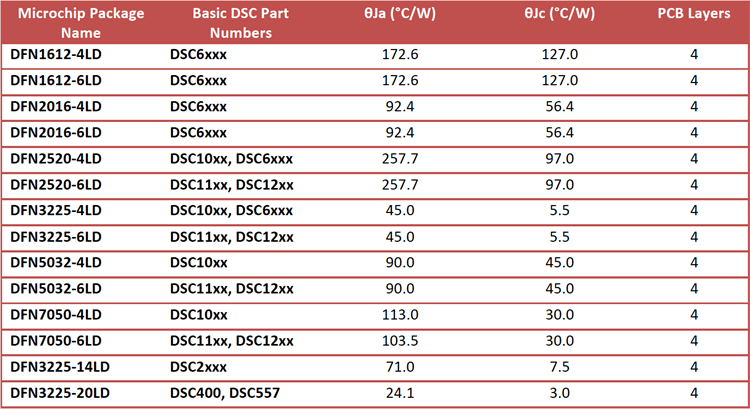
Can a MEMS device select among different frequencies for a given output clock?
Is it possible to change the programmed output frequency?
What is the logic level for the input frequency select pins?
Are there MEMS devices that can generate two clock outputs from the same device?
How does the phase noise change with the carrier frequency?
Does the supply current increase with the voltage supply and the clock frequency?
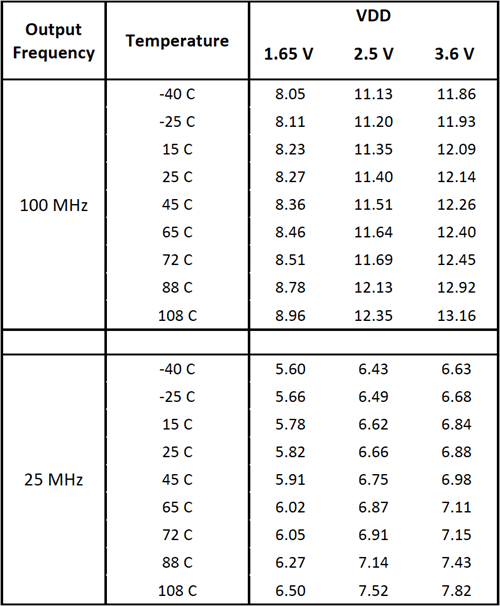
In addition to bypass capacitors, do you recommend using ferrite beads on the power supply (VDD)?
Can the MEMS devices latch up?
What is the difference between start-up time and enable time and how are they measured?
What is the frequency stability behavior over the temperature range?
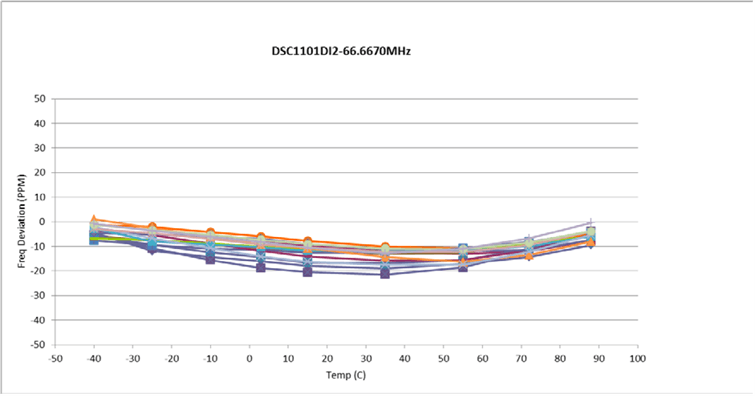
Can the soldering process affect the frequency stability?
Can the MEMS oscillators/clocks work in a high-pressure environment, in particular up to 700 psi and surviving at 1,700 psi?
Need Help?

Request a Quote
Contact our Client Success Team to get more information about our clock and timing products or to request a quote.

Find Local Sales and Support
We have an extensive network of highly trained clock and timing experts. Go to our listing to locate a sales and support representative in your country.

Access Our Support Portal
Visit our Frequency and Time Systems support portal to download technical documents and other resources, enter support tickets or open RMA service requests.
ClockWorks® Configurator Online Tool
This video walks you through the features of ClockWorks® Configurator Online Tool and shows you how to customize oscillators and clock generators. With this easy-to-use tool, you can receive dynamic data sheets and samples within a few days.
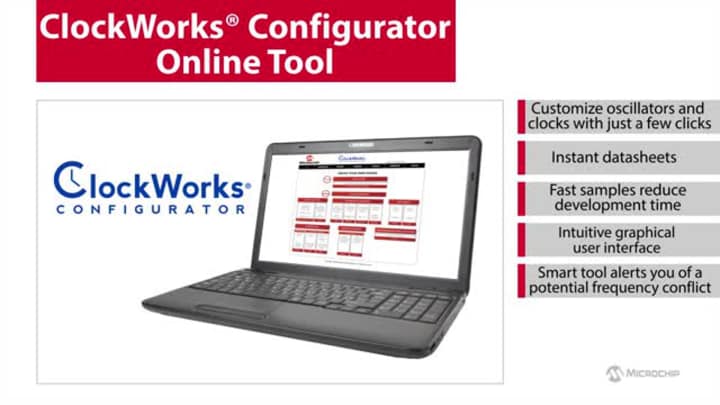
ClockWorks® Configurator Online Tool
ClockWorks® Configurator Online Tool
This video walks you through the features of ClockWorks® Configurator Online Tool and shows you how to customize oscillators and clock generators. With this easy-to-use tool, you can receive dynamic data sheets and samples within a few days.

TimeFlash MEMS Oscillators Field Programming Kit
TimeFlash MEMS Oscillators Field Programming Kit
This video provides a quick demonstration of the TimeFlash MEMS Oscillators Field Programming Kit that allows you to program MEMS oscillators instantly to any frequency, anywhere. This kit supports all of our MEMS oscillator package sizes and is designed to enable rapid prototyping and testing.

Microchip's MEMS Clock Generators Webinar
Microchip's MEMS Clock Generators Webinar
Can programmable MEMS-based clock generators make a significant difference in your Internet of Things or other connected design? Watch this video to learn how they offer accurate timing while simplifying your design and reducing the overall system bill-of-materials.

Cut Board Space by up to 80% on Timing Components
Cut Board Space by up to 80% on Timing Components
Learn how our small multi-ouput MEMS clock generators can reduce timing component board space by up to 80% in your design.